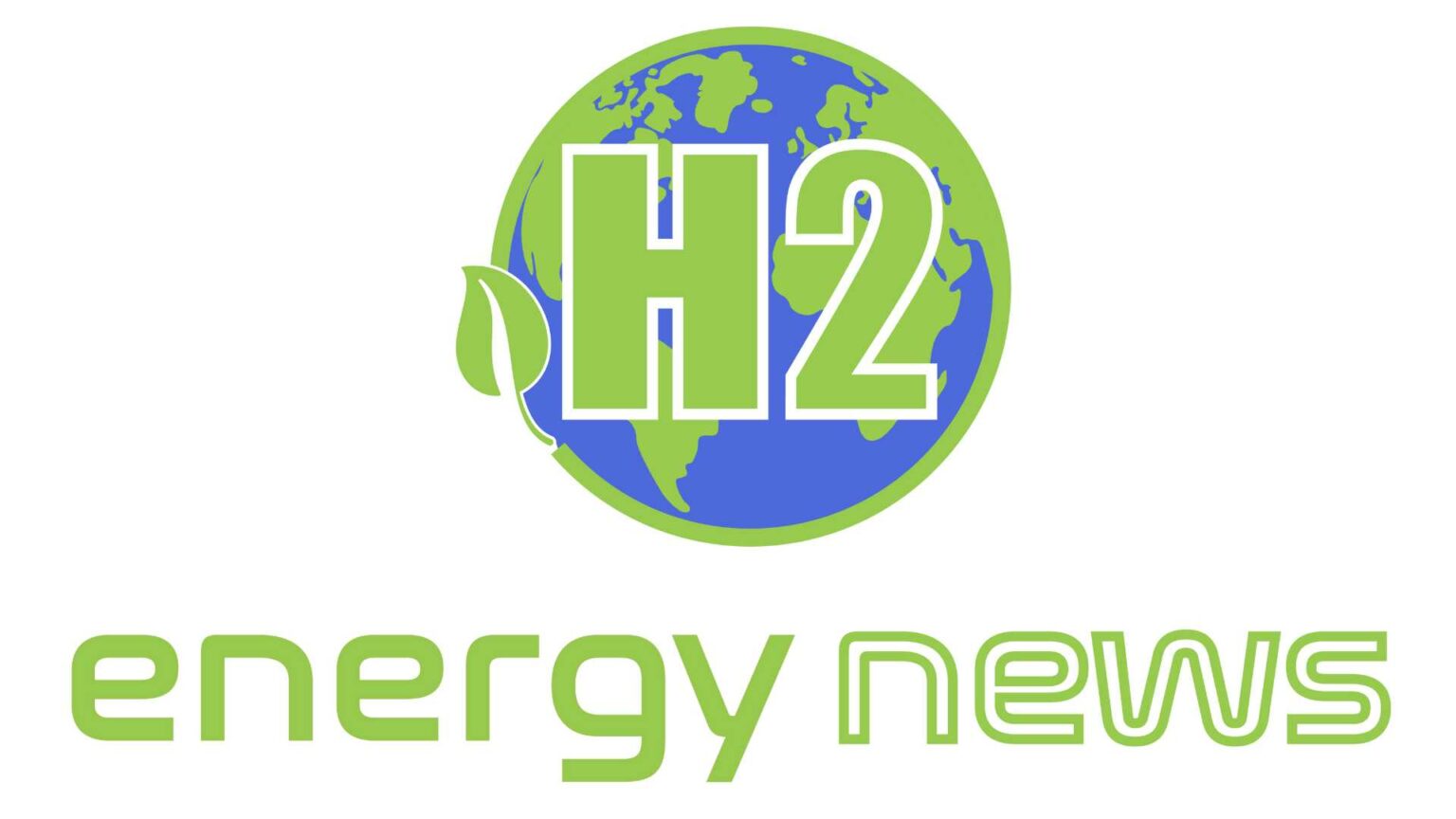The second phase of H2Pipe, a joint industry project (JIP) to create a new code for the design, re-qualification, construction, and operation of offshore pipelines to transport hydrogen — either pure or blended with natural gas — is now being launched by DNV, the world’s leading independent energy expert and assurance provider.
According to DNV’s Hydrogen Forecast to 2050, reusing natural gas pipeline networks for hydrogen transportation is predicted to cost less than 35% of what it would to create new ones, with the percentage reaching 80% in some areas.
The finest potential balance between safety and cost-effectiveness is needed for a large-scale deployment of hydrogen transport through pipelines. For the best design of newly constructed pipelines and the evaluation of the requalification of existing infrastructures, as well as a better understanding of the true design constraints, it is imperative to produce more accurate, dependable, and potentially less conservative code requirements.
However, at the moment, offshore pipeline standards do not adequately address the transport of hydrogen or hydrogen blends through offshore pipelines. Industry participants are investigating ways to transport hydrogen as an additive or replacement for natural gas. Hydrogen is a listed transport product in the DNV standard for underwater pipeline systems (DNV-ST-F101), however extra factors must be taken into account to reach the goal safety level for greater hydrogen use. The potential negative impact of hydrogen on carbon steels’ resistance to cracking is particularly concerning in this regard. It is crucial to update the standard in order to achieve design and material specifications that do not compromise pipeline integrity and safety in order to facilitate the adoption of hydrogen as an energy carrier.
DNV began the first phase of H2Pipe in 2021 to address these issues. An initial test program investigating potential degradation of steel pipe mechanical properties was conducted to close knowledge gaps, explore various test parameters as a prelude, and reduce the number of variables for the primary test program anticipated for Phase 2. Participants received the first version of the guideline during the same year. The standard is currently at a high level, and more effort is required to create acceptance criteria with more precise details.
H2Pipe’s Phase 2 is scheduled to begin in Q1 2023 and last for two years. It will include a thorough experimental test program to improve knowledge of the mechanisms regulating hydrogen embrittlement and how hydrogen impacts the material integrity of the line pipe. Phase 2 will include objectives including a feasibility level design of offshore hydrogen pipes and a risk assessment study to look at safety elements of offshore hydrogen pipelines in addition to the experimental test campaign. A thorough directive providing precise advice for use in the design and re-purposing of offshore pipes for hydrogen transport is anticipated as the main output of Phase 2 of the JIP.
Hydrogen is utilized as a type of chemical energy storage, which helps balance out the fluctuation in power generation from intermittent renewable sources like wind and solar PV, while being less effective as an energy transporter than electricity.
Energy storage is crucial for reducing reliance on fossil fuels and is required to control demand and supply dynamics to prevent grid stress. Particularly in hard-to-abate industries (difficult or impossible to electrify) like aviation, shipping, and high-heat industrial operations, hydrogen is badly needed as a low-carbon energy carrier. In some nations, like the UK, it is also less expensive to transport hydrogen to end consumers through the current gas distribution networks than it is to switch all of the population to electricity. As a result, low-carbon hydrogen is anticipated to contribute significantly to the decarbonization of numerous industries in order to combat climate change.
According to DNV’s 2022 Hydrogen Forecast to 2050, hydrogen must supply 15% of global energy consumption by the middle of the century in order to satisfy the goals of the Paris Agreement. From now until 2050, the cost of manufacturing hydrogen for energy purposes will total USD 6.8 trillion, with an additional USD 180 billion spent on hydrogen pipelines and USD 530 billion spent on the construction and operation of ammonia terminals.
Phase 2 will begin in late March 2023 and is open to additional partners.





